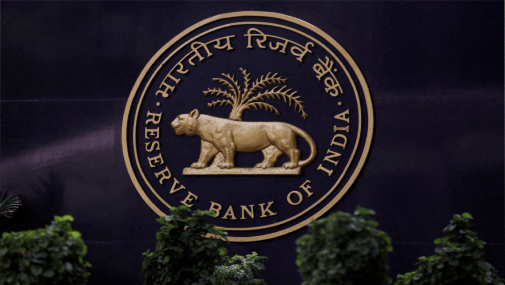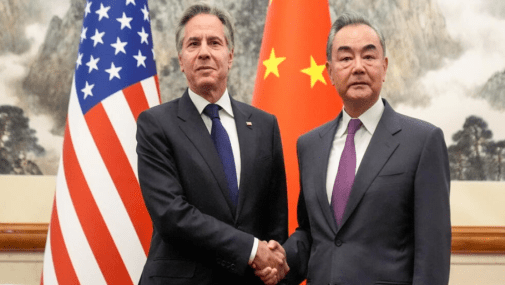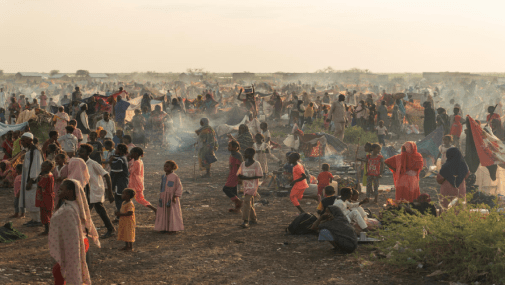US’s new counter-terrorism policy
October 8, 2018 | Expert Insights

The White House has issued a new counterterrorism policy for the first time since 2011 which promises to fight “radical Islamist” extremists and Iran to end the terrorist threat to the U.S.
Background
Counterterrorism incorporates the practice, military tactics, techniques, and strategy that government, military, law enforcement, business, and intelligence agencies use to combat or prevent terrorism. Counter-terrorism strategies include attempts to counter financing of terrorism.
If terrorism is part of a broader insurgency, counter-terrorism may employ counter-insurgency measures. The United States Armed Forces use the term foreign internal defense for programs that support other countries in attempts to suppress insurgency, lawlessness, or subversion or to reduce the conditions under which these threats to security may develop.
Most counter-terrorism strategies involve an increase in standard police and domestic intelligence. The central activities are traditional: interception of communications, and the tracing of persons. New technology has, however, expanded the range of military and law enforcement operations.
The U.S. passed the USA PATRIOT Act after the September 11 attacks, as well as a range of other legislation and executive orders relating to national security. The Department of Homeland Security was established to consolidate domestic security agencies to coordinate anti-terrorism, as well as national response to major natural disasters and accidents.
In February 2017, sources claimed that the Trump administration intends to rename and revamp the U.S. government program Countering Violent Extremism (CVE) to solely focus on Islamist extremism
Analysis
President Trump’s new counterterrorism strategy promises to fight “radical Islamist” extremists and Iran to end the terrorist threat to the U.S., the White House said Thursday.
In what the administration called the first comprehensive plan to fight terrorism since 2011, the strategy details efforts to pursue terrorists “to their source” and counter terrorist radicalization and recruitment. Using the phrase “radical Islamists” shows Mr. Trump’s preference for targeting terrorists with a description that former President Barack Obama shunned as an unnecessary provocation.
“The National Strategy for Counterterrorism that I approved today will help protect our great nation, enhance our national security, and guide our continued effort to defeat terrorists and terrorist organizations that threaten the United States,” Mr. Trump said in a statement.
The president said his plan “outlines the approach of the United States to countering the increasingly complex and evolving terrorist threats and represents the nation’s first fully articulated counterterrorism strategy since 2011.”
“It provides the strategic guidance needed to protect the United States against all terrorist threats, while simultaneously fostering the agility to anticipate, prevent, and respond to new threats,” he said.
The 25-page document said extremist groups, using encrypted communications and social media, are spread around.
Like many of its predecessors, the strategy document is often short on specifics, so it’s hard to make too many judgments. However, it correctly warns about the continued danger of the Islamic State even as the group has suffered major losses in Syria and Iraq, the more limited threat posed by al-Qaida affiliates, and the risks that state sponsors of terror like Iran pose to U.S. interests.
In addition to the US’s post-9/11 policy of trying to deny terrorist havens, it also calls for fighting the “hateful ideology that provides the breeding ground for violence and terrorism,” working with the technology sector and religious leaders, and otherwise taking a broad approach to the problem and to potential solutions.
Counterpoint
The document stumbles, however, when it tries to reconcile sound counterterrorism policy with the president’s clear foreign policy preferences. Despite littering the document with the president’s quotations and emphasizing that this will be an “America First” counterterrorism policy that involves secure borders, the authors are too smart to embrace Trump’s policy utterances too seriously. They note that “America First does not mean America alone” and stress the importance of foreign governments, who should “take the lead whenever possible.”
The report also tries to walk a fine line regarding domestic terrorist groups. Even though the report acknowledges that non-Islamist domestic terrorism is on the rise, right-wing groups like neo-Nazis are classified with animal rights organizations as a domestic threat. The political anger in the United States that has taken centre stage in recent weeks and the federal law enforcement prioritization that emphasizes Islamists over right-wing groups are ignored.
Assessment
Our assessment is that the new counterterrorism policy is the latest effort from the trump administration which puts the USA above everything, including military allies. The first revamp of the counterterrorism policy since 2011 does not fully address key non-Islamic, non-radicalised domestic security issues. We believe that Washington will use this as a platform to stage a more invasive and aggressive foreign policy towards countries which has acted as safe havens for designated terrorist organisations. We also feel that the policy was framed keeping Iran’s overseas strategic assets in mind.








Comments